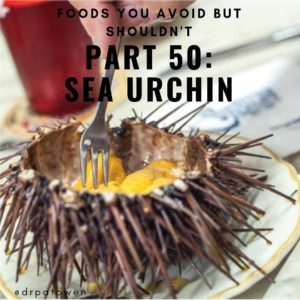 WHY WE AVOID IT:
WHY WE AVOID IT:
They’re small, globular and completely covered with “touch me and die” spikes. In many parts of the world, sea urchin is a delicacy, and the part that is eaten is the gonads. Not everyone “gets” why we eat raw sea urchin gonads in the first place. It has a rich, salty and creamy taste and a strong ocean smell that isn’t appealing to many people.
WHY WE SHOULD EAT IT:
Known as uni to the Japanese, ricci to the Italians and kina to New Zealanders, sea urchin might be considered the foie gras of the ocean. It’s one of the few remaining delicacies that must be harvested form the wild and cannot be frozen. In some parts of Korea, sea urchins are harvested by women who’ve trained since childhood to hold their breath for long periods of time and dive in cold water. These haenyo, or sea women, dive as deep as 50 feet with no gear other than a mask and knife. Apparently, women are better able to tolerate cold water.
⠀⠀⠀⠀⠀⠀⠀⠀⠀
Are sea urchin sex parts worth all this trouble? Like many other seafood, they’re low in calories, low in fat, low in carbs and super-rich in proteins. They definitely make a good addition to your healthy diet. The special thing about sea urchins, though, is that they are one of the most prominent culinary sources of anandamide, a cannabinoid neurotransmitter similar to what you find in marijuana. These euphoria-causing compounds actually occur naturally in sea urchin gonads and have a biological role in their fertility and reproduction. Will it get you high? Probably not, since they occur in very small quantities, but it’s possible that they activate the dopamine system in your brain, thus activating your “reward circuit.” Next time you’re in a quality sushi restaurant, order it and see how you like it. The key word being “quality,” since the stuff you might find at cheaper places might not be fresh.
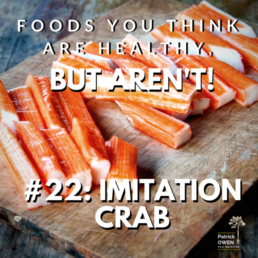



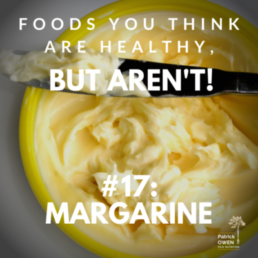

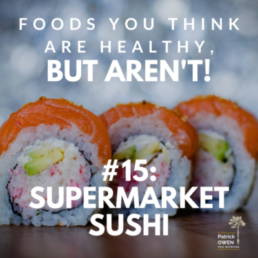



I’ve had Japanese uni numerous times , fresh from excellent japanese establishments over the years ; not routinely though .
However, several weeks ago I stopped for lunch and ordered uni sashimi.. afterwards I drove home and felt this very calm euphoric feeling… Today ( I work from home) but had an office errand and texted my husband to meet me. I again ordered the uni but while we were waiting since I was concerned about how much cholesterol was in a serving hubby googled …. I did not realize all of the amazing nutrients , the profile is superb and exactly what I need for my dry eye and some vitamin deficiences ..
Again … same calming reaction again. My receptors are definitely working for sure!!